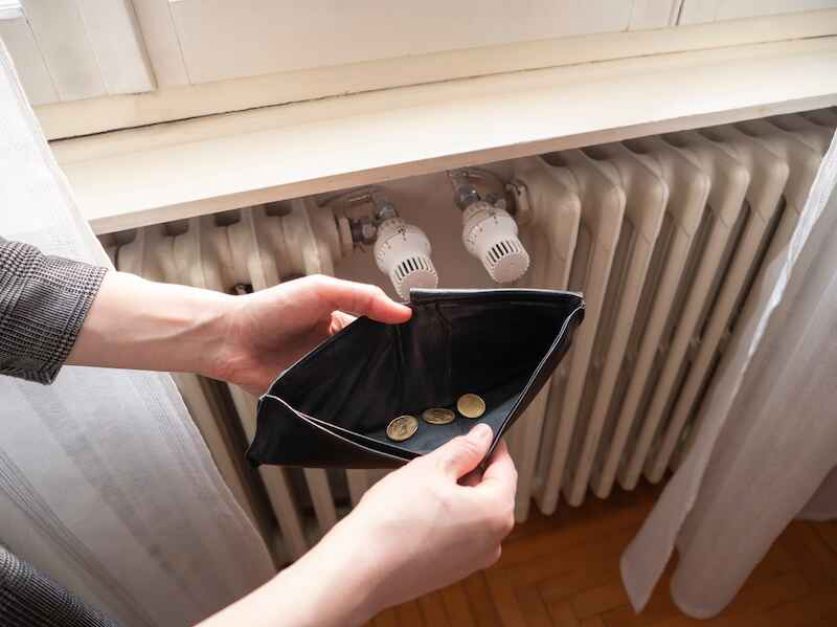
UK households spent nearly a third (28%) more on energy in April 2022 than the previous April, as the new energy price cap came into effect, Lloyds Bank revealed.
The bank’s Spending Power Report examines regular standing orders, direct debits, and card payments among its customers and provides a monthly snapshot of where Brits are spending money.
The report revealed the impact of the higher energy price cap, which has risen twice since last April. Additionally, as households have seen their cheaper fixed deals expire and suppliers have withdrawn nearly all new fixed deals, more consumers are on standard variable deals, paying the maximum allowed under the price cap.
Energy spending climbed 7% just between March and April 2022 as the most recent 54% increase in the price cap came into effect on 1 April.
However, some of the increase in energy spending will be delayed to later months, as some households pay their April bills in May and others cancel direct debits and fall into arrears.
Energy supplier OVO recently revealed that direct debit cancellations have climbed 63% since February. Additionally, among customers who usually pay in full when they receive a bill, one-in-five are now not doing so, up from less than one in ten last year.
E.ON has revealed similar figures, with chief executive Michael Lewis saying that already one million of its eight million customer accounts are in arrears.
Furthermore, Lloyds’ figures don’t capture the energy spending on the four million households with pre-payment meters, who top up their meters by loading money onto cards or keys. Those households faced an even larger hike in the price cap limiting their energy bills, to £2,017 per year. And because they pay for energy in advance, they felt the impact of those higher rates immediately.
Those supercharged energy bills, and the threat of another punishing hike in October, are weighing heavily on consumers’ minds. Research commissioned by Lloyds found that 75% of consumers are “extremely” or “very concerned” about home energy prices, up from 61% in December 2021.
Energy bills aren’t the only pressure on household finances. Inflation, which climbed to 9% in April, is increasing the price of everything from groceries to petrol. With prices up, total essential spending rose 6% between April 2021 and April 2022.
Spending on petrol and diesel was also up precipitously: 30% year-on-year as prices have risen and the easing of lockdown restrictions mean Brits are driving more, including to the office. Overall spending on commutes rose by nearly three-quarters (71%) as workers returned to the office and train fares climbed by 3.8% in March.
Non-essential spending also increased year-on-year, by 17%, as the lifting of pandemic restrictions gave consumers more places to flash their cash. However, there are signs that Brits are tightening their belts. Spending at home stores fell 10% between April 2021 and April 2022, while spending on electrical items fell 21%. These were both sectors that benefited from the pandemic, as people under lockdown sought entertainment and made their homes more comfortable.
But despite the pressures on household budgets, people are still keen to experience the pleasures denied them during the pandemic. Holiday spending is up 288% compared to April 2021, while restaurant spending was up by nearly two-thirds (65%). However, 33% still plan to cut down on their leisure spending in the future.
Source: Lloyds Banking Group: “Energy spending up 28% since last April”




